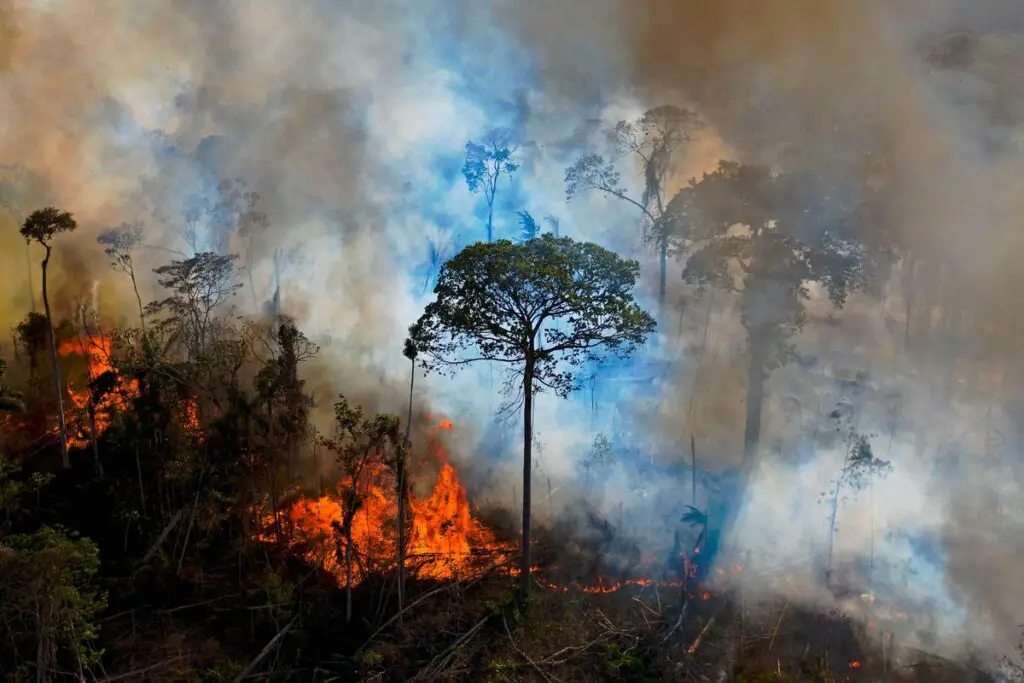Typically, maple trees grow anywhere from 10 to 24 inches per year. However, there are many different factors that can affect a tree’s growth rate, such as the type of maple tree, the tree’s age and health, the climate, and soil conditions.
In general, maple trees grow quite quickly. They can add as much as two feet to their height each year until they reach maturity. Once they mature, their growth rate slows down considerably.
Maple trees can live for hundreds of years, so even though their growth may slow, they continue to provide beauty and shade for many generations.
Maple Tree Life Cycle
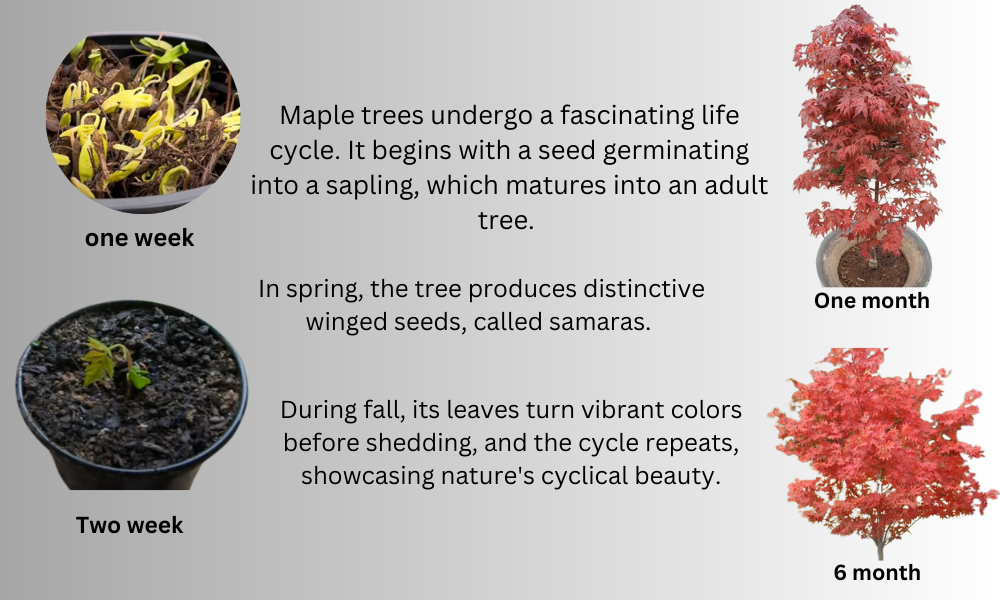
How Fast Do Maple Trees Grow Rate
Maple trees exhibit varying growth rates depending on factors like species, climate, and soil conditions. Generally, they are considered moderate to fast-growing trees. In optimal conditions, some varieties, such as the Silver Maple (Acer saccharinum), can achieve a growth rate of 3 to 7 feet per year.
However, slower growth may occur in less favorable environments. It’s crucial to provide proper care, including adequate watering, nutrient-rich soil, and sunlight exposure, to encourage faster growth. Additionally, factors like pruning and pest control can influence the overall health and growth rate of maple trees, contributing to their aesthetic appeal in landscapes.
Maple Tree Soil Quality and Climate Conditions Impacting Growth and Varieties
In recent studies, the quality of soil has been identified as a crucial factor affecting the growth and health of maple trees. Researchers have found that maple trees prefer well-drained soil that is rich in organic matter, as it provides necessary nutrients and promotes healthy root development. When the soil lacks proper drainage or has a pH imbalance, it can lead to stunted growth and increased susceptibility to diseases.
Furthermore, climate conditions significantly impact the growth and resilience of maple trees. These trees thrive in temperate regions with distinct seasons that offer a balance of warmth and cold. Extended periods of extreme heat or drought can cause stress, affecting the overall health of the trees. Similarly, severe cold spells can damage or kill the trees if they are not properly adapted to the climate conditions.
Lastly, maple trees encompass a wide range of varieties, each with its own specific growth requirements and characteristics. Some common varieties include sugar maple, red maple, and silver maple. These varieties have different preferences regarding soil type, drainage, and climate conditions, making it essential for maple tree enthusiasts to choose the most suitable variety for their region.
Understanding soil quality, climate conditions, and maple tree varieties is crucial for successful cultivation and maintenance, ensuring the long-term health and vitality of these beautiful trees.
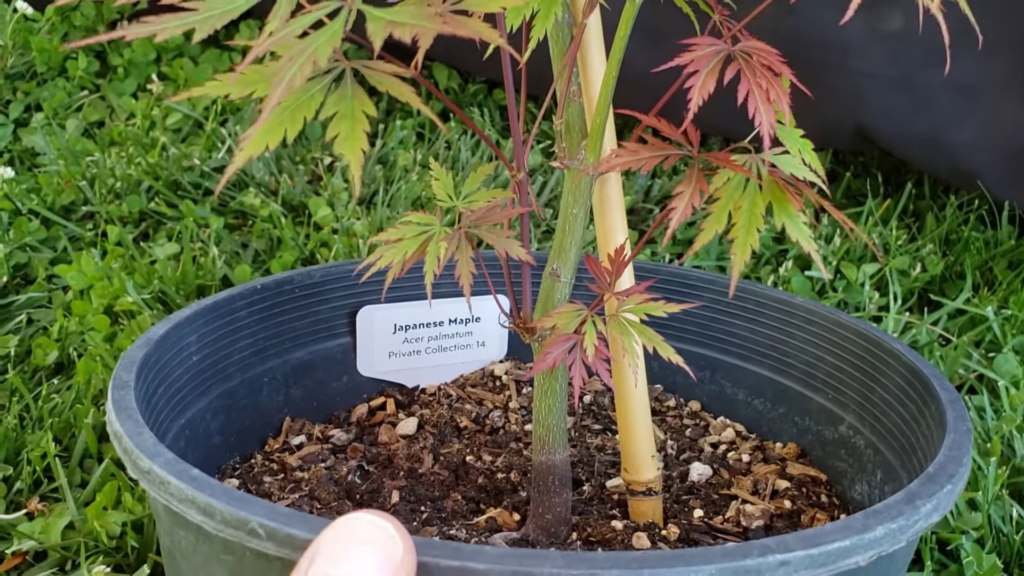
Timeline of Maple Tree Growth Rate
Maple Tree Germination Stage
Maple trees, renowned for their vibrant foliage and syrup production, undergo an awe-inspiring journey of growth. In the germination stage, these majestic trees begin as small, fragile seeds. Nestled within the soil, these seeds require optimal conditions to sprout.
During this stage, maple tree seeds typically require moist soil, suitable temperatures, and exposure to sunlight. Once these prerequisites are met, the seed undergoes metamorphosis, with the outer protective coating softening and the embryo within starting to develop. Slowly, a root emerges, anchoring the seedling to the soil, enabling the absorption of water and nutrients.
Maple Tree Early Growth
As the seedling continues to grow, it inches toward becoming a young maple tree. The early growth stage witnesses the emergence of the first set of leaves, called cotyledons. These delicate, photosynthetic organs provide the necessary energy for further growth.
Maple tree saplings, like many other plants, prioritize vertical growth to reach sunlight. Their stems elongate, directing upward as they compete with surrounding vegetation. Simultaneously, the root system broadens and strengthens underground to support the tree’s growing structure.
Maple Tree Subsequent Years
With each passing year, the maple tree evolves into a grandeur masterpiece of nature. The subsequent years mark substantial growth in height and girth, charting the pathway towards maturity. Its branches extend outward, embracing a majestic crown adorned with lush green foliage that transforms into an autumnal display of vibrant hues in due time.
These established maple trees act as havens for diverse wildlife, providing shelter and sustenance. They play a vital role in the ecosystem by assisting in maintaining air quality, by acting as carbon sinks, and by supporting soil fertility.
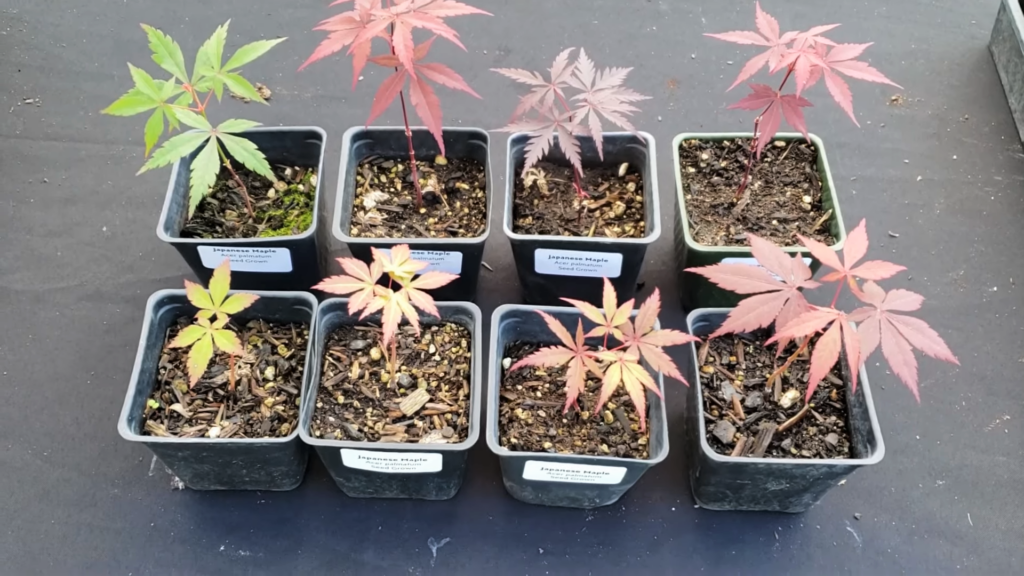
How Tall is a 5-Year-Old Maple Tree
A five year old maple tree can range in height from 20 to 30 feet. The average height is 25 feet. Maple trees are one of the most popular types of trees for yards and gardens. They are known for their beautiful fall colors and shade in the summertime.
Maple Trees Grow Seed to Sapling and Care
Maple tree cultivation demands patience and meticulous care, starting with the transition from seed to sapling. Propagation typically begins with seeds, which require stratification—a cold, moist period—to break dormancy. Once germinated, delicate saplings emerge. Providing consistent moisture and shelter from harsh conditions during this early stage is critical.
Patience and care continue throughout the tree’s life. Regular watering, especially during dry spells, and well-balanced fertilization foster healthy growth. Pruning, shaping, and monitoring for pests contribute to a robust maple. This enduring commitment ensures the tree’s development into a majestic presence, rewarding the caretaker with the beauty and shade that mature maples generously provide.
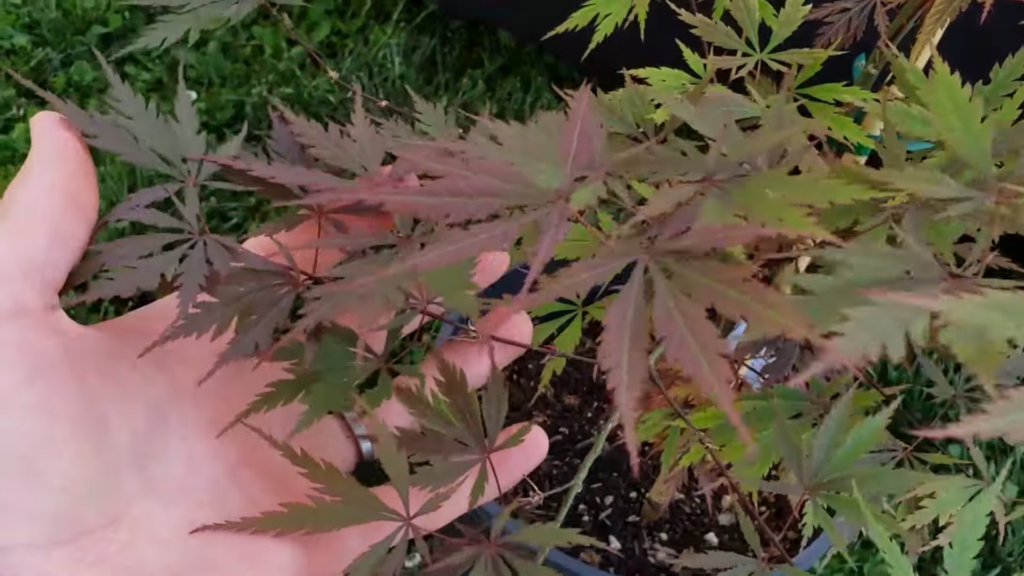
How Big is a 10-Year-Old Maple Tree?
Assuming you are referring to the average 10-year-old maple tree, they can range anywhere from 30-50 feet tall. Some maples can grow up to 2.5 feet per year, while others may only grow 1 foot per year. The size of your particular tree will depend on the species of maple, as well as the growing conditions.
What Type of Maple Tree Grows the Fastest?
There are a few different types of maple trees that grow relatively fast. The silver maple tree is one of the fastest-growing maple trees, growing 2 to 3 feet each year. The red maple tree also grows quickly, at a rate of 1 to 2 feet annually.
How Long Does It Take to Grow Maple Trees?
It takes about 3-5 years for a maple tree to reach maturity. The time it takes to grow a maple tree depends on the species of a maple tree, the climate, and the growing conditions.
How Much Will a Maple Tree Grow in a Year?
A maple tree can grow anywhere from a few inches to several feet in a year, depending on the species of a maple tree, the conditions of its environment, and its age. For example, younger maple trees tend to grow faster than older ones. Additionally, if a maple tree is growing in an ideal location with plenty of sunlight and water, it will likely grow more quickly than a maple tree that is struggling in poor conditions.
How Fast Do Red Maple Trees Grow?
How Fast Does a Red Maple Tree Grow
A red maple tree can grow quite fast, up to 2.5 feet per year. They are one of the most common trees in North America and can live for over 100 years. The leaves of a red maple tree change color with the seasons – they are green in the summer, yellow or orange in the fall, and red in the spring.
How Fast Do Sugar Maple Trees Grow
Sugar maple trees are one of the fastest-growing trees in North America. They can grow up to 24 inches per year and can live for more than 100 years. Sugar maples are a popular choice for landscaping because of their beautiful fall foliage and ability to tolerate cold winters.
15 Foot Red Maple Trees for Sale
Looking for a stately tree to add to your property? Consider the red maple! These beautiful trees can grow up to 15 feet tall and are perfect for creating a stunning visual impact.
Plus, they’re easy to care for and are drought-tolerant once established. We have a great selection of red maples available for sale, so come choose your favorite today!
FAQ
What Influences Growth Rates?
Maple tree growth varies by species and environmental factors. Silver Maples can grow rapidly at 2 feet per year, while Sugar Maples tend to grow at a more moderate pace of 1 foot per year. Factors like soil quality, sunlight, and care practices also influence growth.
Can I Accelerate Maple Tree Growth?
Yes, pruning during late winter, proper watering, and balanced fertilization can expedite growth. Strategic care, tailored to the tree’s needs, promotes healthier and faster development.
Do Different Maple Species Have Different Growth Rates?
Absolutely. Silver Maples grow fastest at 2 feet per year, while Red Maples exhibit a moderate pace of 1 to 2 feet annually. Choosing a species aligned with your growth preferences and environmental conditions is key to fostering optimal growth.
Conclusion
Maples are one of the fastest-growing trees in North America, typically growing 2 to 3 feet per year. Some species, such as the red maple, can grow up to 5 feet per year. The sugar maple is the slowest-growing maple, usually only adding 1 foot per year.
Related Topics
Insect Invasion: Threat to Utah’s Fir Forests
 Dr Ahsanur Rahman, PHD
Dr Ahsanur Rahman, PHD
UK Forests Collapse Imminent: Act Now Against Climate!
 Dr Ahsanur Rahman, PHD
Dr Ahsanur Rahman, PHD
Lightning Strikes Threat: Boreal Fires Jeopardize Carbon
 Dr Ahsanur Rahman, PHD
Dr Ahsanur Rahman, PHD


